10 Amazing facts about Andromeda Galaxy
In the old times when we had a very limited resources to explore space, everybody thought that every shining object we see during night in the sky is a star. In 1764 Charles Messier discovered the bright object in the sky and named it M31 it was named wrongly as nebula at that time. Later in 1925 Edwin Hubble Concluded that it is a Galaxy not a Nebula. The galaxy is our sister galaxy and today known as Andromeda galaxy.
- Number of stars
In our own galaxy Milky Way there are around 400 billion stars but Andromeda is 2.5 times larger than Milky Way. The number of stars in Andromeda was quite unclear until the Spitzer Space Telescope has detected the newly forming star in the galaxy which are usually difficult to find in the populated area of other bright stars. The total mass of star in Andromeda is 110 billion times that of sun, which can be roughly estimated that the total number of stars in Andromeda is 1 trillion, which is exactly 2.5 times the size of the Milky Way.

- Super-massive Black Hole
As every galaxy has a black hole in the center, Andromeda has a super-massive black hole at its galactic center. It has a mass of 100 million solar masses. Near the event horizon of black hole there is a cluster of blue stars. This cluster is surrounded by “double nucleus” which is actually an elliptical ring of reddish star quite far away from the blue cluster. This was discovers by Hubble telescope in 1992.
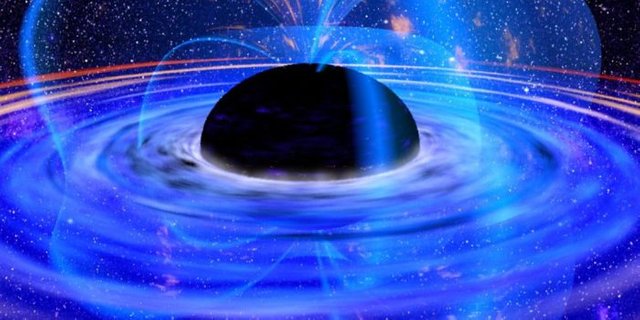
- More Black holes
There are many other black holes in Andromeda, with the help of NASA’s Chandra observatory astronomers have found 26 black holes in the period of 13 years. Prior to this 9 were already known, so that sums up to total 35 black holes.
These are the stellar black holes which means they have the mass 5 to 10 times that of SUN. Seven black holes from this discovery are within the 1000 light years from the super-massive black hole at the galactic center. According to astronomers this is just the tip of the iceberg, there are many more black holes in Andromeda.
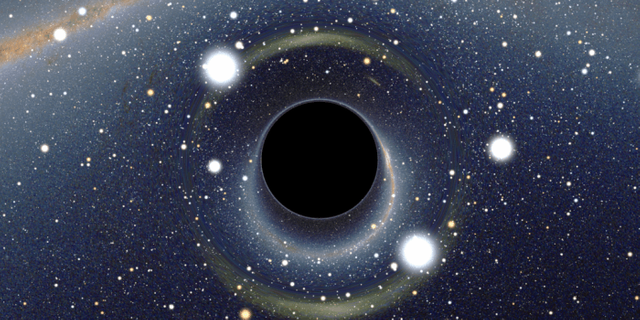
- Distance from Earth
Calculating the distance of a star is a quite complicated process. When Andromeda was discovered and was considered as Nebula it was thought that it is just 2000 times farther than star Sirius. In 1925 when Edwin Hubble declared it as galaxy he calculated the distance as 1.5 million light years away. With modern technology the distance calculated by various method was ranging from 2.5 -2.57 million light years. Now it is averaged to 2.54million light years. So the total distance we consider from earth is 2.54 million light years.
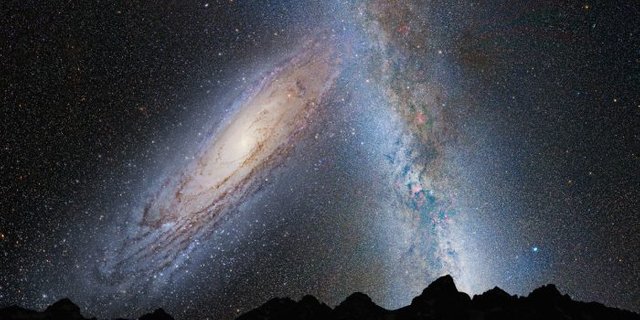
- Andromeda local Group ranking
When there is a cluster of thousands of Galaxies it is known as rich cluster, when the cluster has very few galaxies it is known as poor cluster or Local group. Yes, we and our sister Andromeda falls into Local group. Yeah we are so poor on Galactic level. In this Local group there are 50 galaxies and Andromeda (M31) is the first largest and the Milky way is the second in this group. Andromeda has 14 dwarf satellite galaxies out of which M32 is the brightest one.
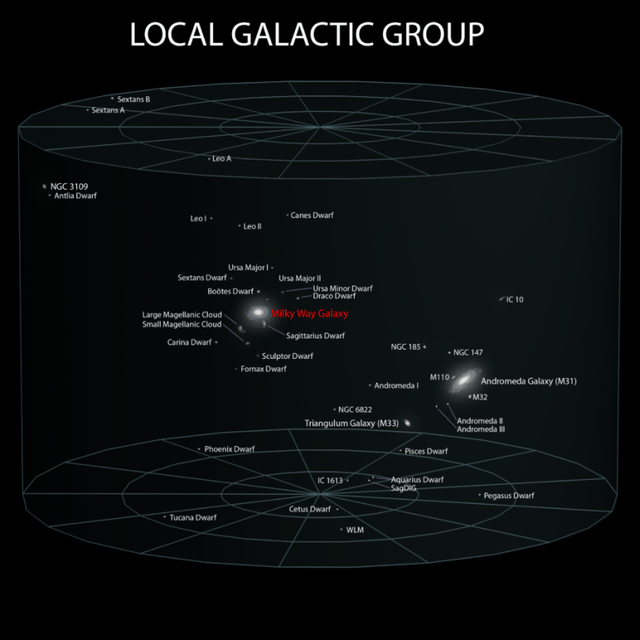
6.Milkdromeda
Andromeda do really like her sister Milky way that’s why she is coming towards Milky way with a speed of 2000 times faster than Milky Way (around 250,000 miles per hour) in a straight line. But the distance between the two is so vast, it will take around 4 billion years for this two to collide (meet). After the collision these two will form a new galaxy “Milkdromeda”. Apparently we are so lovable species in Milky Way, so everybody in the universe wants to collaborate with us. Because the third largest galaxy “Triangulum or Pinwheel Galaxy (M33)” in the local group will also join the collision, and there is a tiny chance that Pinwheel will collide with Milky Way first.
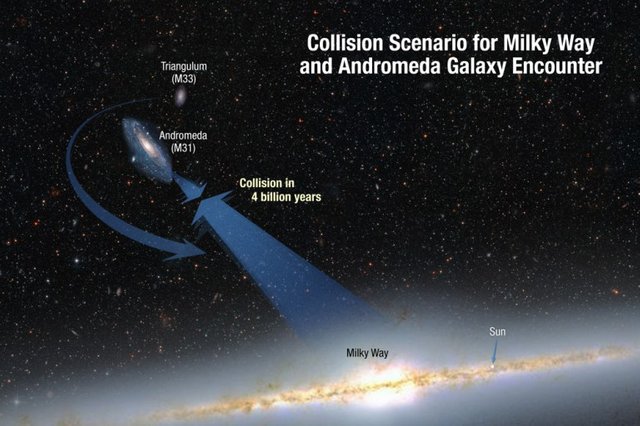
- Our solar system in Milkdromeda
When the collision will happen after 4 billion years later. During the initial phase of collision there is 12% chance that our solar system will spun out and will fall in the outer loosely bound loops of Milky Way. There is 3% chance that Sun will completely leave Milky Way and join Andromeda. After the formation of Milkdromeda we will be at 100,000 light years away from its galactic center.
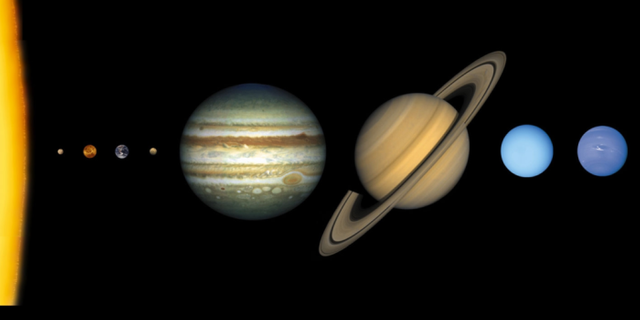
- First planet on Andromeda
A planet named HIP 13044b which is 1.25 times of Jupiter and 2300 light years away from Earth is known as extragalactic exoplanet. It was torn apart from its galaxy somewhere 6 to 9 billion years ago. It was discovered by wobbling it caused to its host star. In 2009 it was announced that it was from the Andromeda Galaxy but it is nearly impossible to confirm it from such a vast distance.
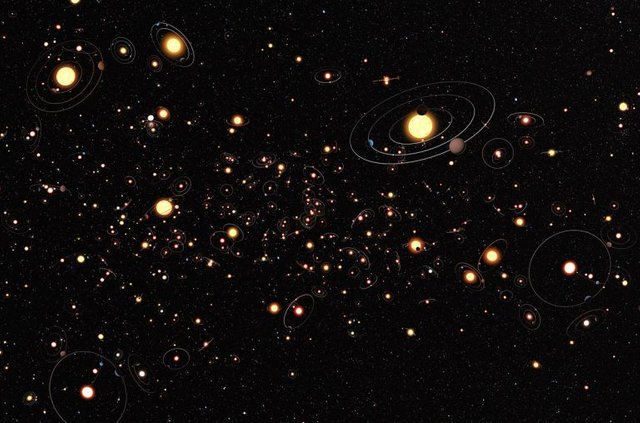
- Dark Matter
It occurred to scientists that Milky Way is smaller in mass when they studied about Andromeda. The mass of Andromeda is twice the mass of Milky Way. In both the galaxies 90% mass is of invisible material known as dark matter. Andromeda’s extra weight is in the form of dark matter which is estimated twice the amount of than in Milky Way.
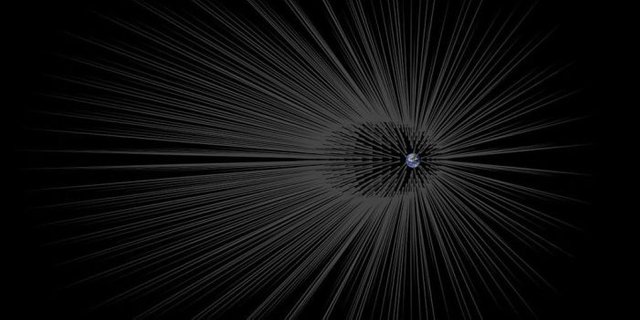
- Alien astronomers from Andromeda
If there is any advance alien life in Andromeda and they are looking at us their telescope will be receiving the sunlight reflected from our planets vegetation. Which means they will see the earth from 2.5 million years ago. They wouldn’t see the dinosaurs but definitely will see the continents a little bit closer than now.
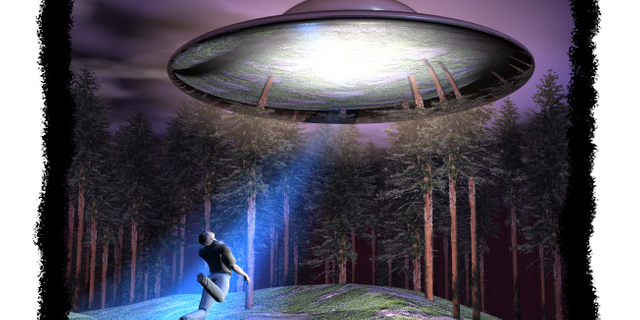
I upvoted You
Dear User known as @harshalh
Steemit has a BOT problem! Your Vote Counts... Maybe
https://steemit.com/steemit/@weenis/bots-steemit-s-first-community-based-decision-on-bots-your-vote-counts-to-be-or-not-to-be-details-inside